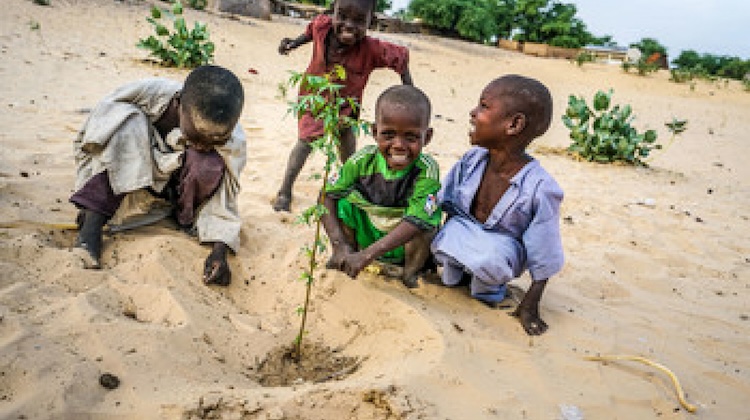By Lisa Vives, Global Information Network
NEW YORK | 6 May 2024 (IDN) — This year, World Press Freedom Day centred around the importance of journalists raising awareness of the global environmental crisis and its consequences.
As they investigate climate change, pollution, deforestation, supply chain problems, illegal mining and animal trafficking, reporters have been facing new and often deadly challenges, according to the United Nations.
According to the UN agency UNESCO, in a survey of 905 journalists across 129 countries, more than 70 percent of reporters experienced attacks while working on environmental stories ranging from mining and deforestation to protests and land grabs.
The attacks come in many forms, from legal threats and online harassment to physical violence and death threats—although physical attacks were most common.
They’re carried out by authoritarian governments, corporations, and criminal groups.
“As an environmental journalist,” commented reporter Justine Calma, “I’m horrified but not surprised. I’m also somehow relieved that there’s data to document the stories journalists share with each other while out in the field or recovering over a meal. This is the kind of ugly thing that doesn’t go away unless you stare it in the face.”
The theme for this year’s World Press Freedom Day on May 3 was: “A Press for the Planet: Journalism in the Face of the Environmental Crisis”.
Landlocked Chad
Judith Akolo, a reporter with Kenya’s KBC, said she would like to see more done to prepare students for reporting climate change. “You go to journalism school, you are taught how to report business, you are taught economics. But no one even trains us how to report science!
“Media institutions need to take an interest in training journalists in science and climate change”.
One country attempting to cope with serious environmental devastation is the central African nation of Chad. More than one million people have been displaced by floods and more than 465,000 acres of farmland devastated, worsening already dire food insecurity.
The landlocked country is among the hottest and driest in the world and has experienced persistent drought for decades.
“I know from experience that the work we do can piss a lot of people off,” said environmental justice reporter Calma. “Holding a company, government, or criminal organization accountable for wrongdoing makes a story worth telling. It may also be a story worth suppressing in the eyes of the perpetrator.”
“Don’t get me wrong,” she cautioned. “I love being an environmental reporter. But sometimes the remote nature of this work can be a risk.”
State actors were responsible for around half of the reported attacks against environmental journalists. This tracks with the rise of pundits and politicians who have tried to erode public trust in media, along with the rise in disinformation campaigns about climate change.
Still, with the world focusing ever more attention on the environment, support for environmental journalism is showing signs of growth.
Several African countries have organizations that bring together environmental journalists. They include the Kenya Environment and Science Journalists Association (KENSJA), Journalists’ Environmental Association Tanzania (JET), Rwanda Network of Environment Journalists, and Young Reporters for Environment Ghana.
Other leading African environmental journalism outlets include the Oxpeckers Centre for Investigative Environmental Journalism (Southern Africa), InfoNile (River Nile Basin), InfoCongo (Central Africa), as well as Mesha Science and Talk Africa (East Africa) and Water Journalists Africa. [IDN-InDepthNews]
Photo: Hakuzim/ Desertification threatens the village of Tantaverom. Mbo Malloumu has taken the initiative to plant acacia seedlings to rehabilitate the land. In the past 50 years, Lake Chad basin shrank from 25,000 square kilometers to 2,000. Credits: UNDP Chad/Jean Damascene Hakuzim


